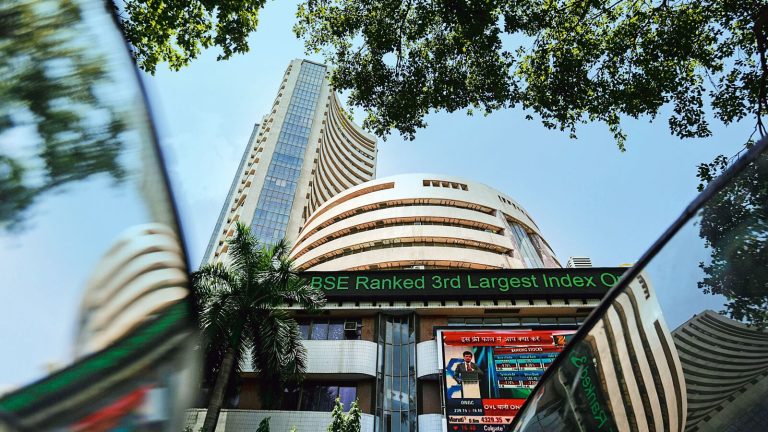Motilal Oswal Asset Management Company’s proposed new fund—Motilal Oswal BSE 1000 Index Fund—will be passively managed and track the newly launched BSE 1000 index. But should investors consider putting their money into a fund tracking a 1,000-stock index?
First, let’s look at the numbers.
BSE 1000 vs BSE 500
Motilal Oswal’s new fund will invest in BSE 1000 stocks according to their weight in the index. Hence, the index’s historical performance can indicate how Motilal Oswal’s fund might perform compared with other index funds.
Over the past 10 years, the BSE 1000 index has delivered annualised returns of 13.42%, slightly better than the BSE 500’s 13.17% returns over the same period.
Their returns are similar over three-year and five-year periods as well. Over a three-year period, the BSE 1000 has delivered returns of 14.17%, and the BSE 500, 13.75%. Over five years, the BSE 1000 delivered returns of 26.92% against the BSE 500’s 26.3%.
These are all total return index returns, which capture both price appreciation and dividend gains from the constituent stocks.
The BSE 1000’s outperformance over the BSE 500 is only marginal. This can be attributed to indices being market-cap weighted, which means companies with larger market capitalizations dominate the returns.
The total market capitalization of the BSE 500 is ₹379 trillion, which is 94% of the total market capitalization of the BSE 1000 index.
In terms of returns, which are measured as standard deviation, the numbers are more or less similar across three-year, five-year, and 10-year periods for both indices.
BSE 1000 vs Nifty 50
The differences here are slightly more pronounced in favour of the 1,000-stock index.
The BSE 1000’s 10-year annualized returns of 13.42% is higher than the Nifty 50’s 12.28%. Over a five-year period, the Nifty 50 clocked returns of 23.52%, lower than the 26.92% returns of the BSE 1000. Over three years, the Nifty 50 returned 12.27%, compared with the BSE 1000’s 14.17%.
However, the Nifty 50 has lower volatility, with a standard deviation of 16.06% versus the BSE 1000’s 20.18%.
What should investors do?
A broad market index like BSE 1000 can be an alternative way for investors to participate in mid- and small-cap stocks while ensuring lower volatility than that of mid- and small-cap funds.
“Today’s small-caps were micro-caps of yesterday. Such a fund allows investors to participate from the lowest end of (the) market cap spectrum to the highest,” said Kavitha Menon, founder of Probitus Wealth. “As the size of the market and company’s market-caps grow, there is a need for a product that allows retail to participate in an otherwise high-risk space like small-caps.”
Ravi Kumar T.V., co-founder of Gaining Ground Investment Services, said the BSE 1000 index will give investors exposure to more sectors and businesses that wouldn’t be available higher up the market cap chain. “Investors get more sectors to participate in (the) BSE 1000 index. Nifty 50 or BSE Sensex 30 index’s returns can get heavily influenced by (the) performance of one or two index heavyweights,” he said.
But while diversification is usually a good idea, it could have a limited impact on returns and risks beyond a certain point.
Investors looking for a broad, passively managed fund can consider the Motilal Oswal BSE 1000 Index Fund. However, this may or may not meaningfully outperform other index funds linked to the BSE 500 or Nifty 500.
Investors who have already built a passive fund portfolio with Nifty 50, BSE 500, or Nifty 500 index funds can stick with those. Those starting their investment journey can consider the BSE 1000 index fund to get a taste of the stock markets.



